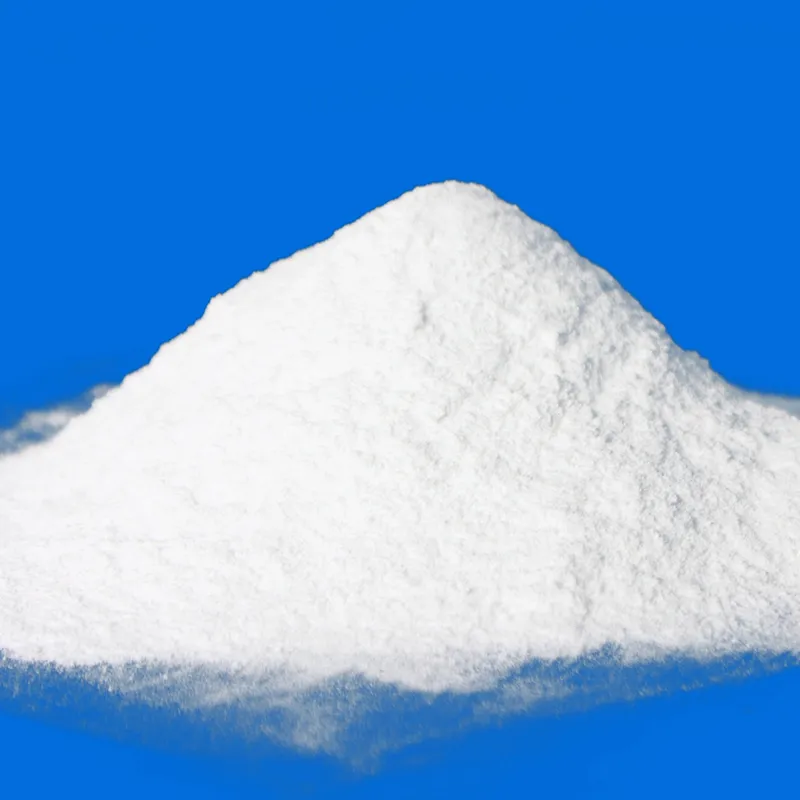
Exploring E175 Food Additive and Its Impact on Food Quality and Safety
Understanding E175 The Food Additive
In the diverse world of food additives, E175 stands as an interesting component that captures the attention of consumers and food manufacturers alike. This additive, known as gold, serves primarily as a coloring agent and is utilized to enhance the visual appeal of food products. In this article, we will explore what E175 is, its uses, safety considerations, and the public's perception of gold in food.
What is E175?
E175 is classified as a food additive that consists of gold leaf or gold dust. It is primarily used to provide a luxurious touch to various food items, especially in desserts, confections, and decorative items such as wedding cakes. Gold is inert and does not interact chemically with food, which is why it is deemed safe for consumption in small quantities. The additive is approved by food safety authorities in many regions, including the European Union, where it is assigned the E-number E175.
Uses of E175
In the culinary world, E175 is most commonly used in the fine dining and luxury sectors. Chefs and chocolatiers often utilize edible gold to enhance the aesthetic appeal of their creations. The shimmering effect of gold can elevate the presentation of desserts, chocolates, and even savory dishes. It is not unusual to see gold leaf adorning high-end pastries, chocolates, or cocktails in prestigious restaurants.
Apart from aesthetic purposes, the presence of gold in food can also serve as a marketing tool. The association of gold with luxury and exclusivity makes it an appealing choice for premium products. Many brands leverage this connection to attract affluent consumers, leading to increased sales and brand prestige.
Safety Considerations
e175 food additive

One of the significant advantages of using gold as a food additive is its safety profile. Gold is considered nontoxic, and numerous studies have confirmed that it does not have any adverse health effects when ingested in small amounts. Since it is not absorbed by the body, it is excreted without causing harm. Regulatory agencies in various countries oversee the use of food additives, ensuring that when used, they are within safe limits.
However, it is essential to note that while gold itself is safe, excessive consumption of luxury foods that contain E175 can lead to other health-related issues due to high sugar or fat content. Therefore, moderation is key when indulging in gilded treats.
Public Perception
The use of edible gold can elicit mixed reactions from consumers. On one hand, many people are fascinated by the idea of eating something that is typically associated with affluence and luxury. For some, indulging in gold-adorned foods is a symbol of celebration and enjoyment. On the other hand, there are consumers who question the need for such extravagance, viewing it as unnecessary or a frivolous expenditure.
Moreover, there are also ethical concerns surrounding the production of edible gold. For instance, the mining of gold can have significant environmental and social impacts. Some consumers are increasingly looking for transparency and sustainability in their food sources, prompting questions about where the gold used in their food products comes from.
Conclusion
E175 represents a fascinating intersection of culinary art and luxury. As an edible gold additive, it adds a unique touch to food, making it visually striking and appealing. While it is acknowledged for its safety and inert properties, the context of its use, as well as ethical considerations surrounding its sourcing, remain important factors for consumers. As the conversation around food additives evolves, E175 continues to be a topic of interest, embodying both luxury and the complexities of food production in a modern context.
-
Sodium Dichloroisocyanurate Safety Handling ProtocolsNewsJul.29,2025
-
Mining Chemicals for Copper Extraction Processes GuideNewsJul.29,2025
-
Fertilizer for Sale Shipping and Storage TipsNewsJul.29,2025
-
Dimethyl Disulfide as Sulfurizing AgentNewsJul.29,2025
-
Benzotriazole Safety Data Handling and Storage GuidelinesNewsJul.29,2025
-
Ammonium Bicarbonate Safety Handling Storage GuidelinesNewsJul.29,2025
-
The Transformative Role Of Trichloroisocyanuric Acid in Water TreatmentNewsJul.23,2025
Hebei Tenger Chemical Technology Co., Ltd. focuses on the chemical industry and is committed to the export service of chemical raw materials.
-

view more DiethanolisopropanolamineIn the ever-growing field of chemical solutions, diethanolisopropanolamine (DEIPA) stands out as a versatile and important compound. Due to its unique chemical structure and properties, DEIPA is of interest to various industries including construction, personal care, and agriculture. -

view more TriisopropanolamineTriisopropanolamine (TIPA) alkanol amine substance, is a kind of alcohol amine compound with amino and alcohol hydroxyl, and because of its molecules contains both amino and hydroxyl. -

view more Tetramethyl Thiuram DisulfideTetramethyl thiuram disulfide, also known as TMTD, is a white to light-yellow powder with a distinct sulfur-like odor. It is soluble in organic solvents such as benzene, acetone, and ethyl acetate, making it highly versatile for use in different formulations. TMTD is known for its excellent vulcanization acceleration properties, which makes it a key ingredient in the production of rubber products. Additionally, it acts as an effective fungicide and bactericide, making it valuable in agricultural applications. Its high purity and stability ensure consistent performance, making it a preferred choice for manufacturers across various industries.











